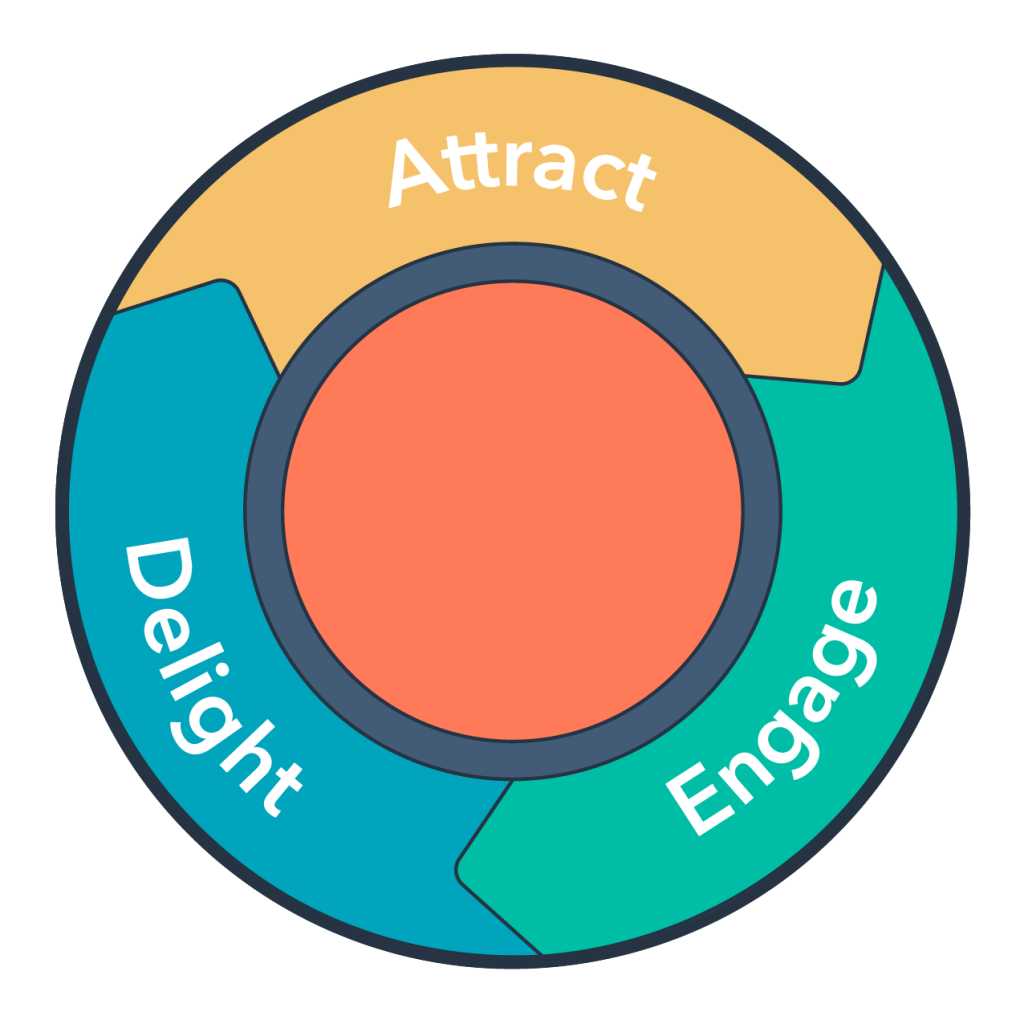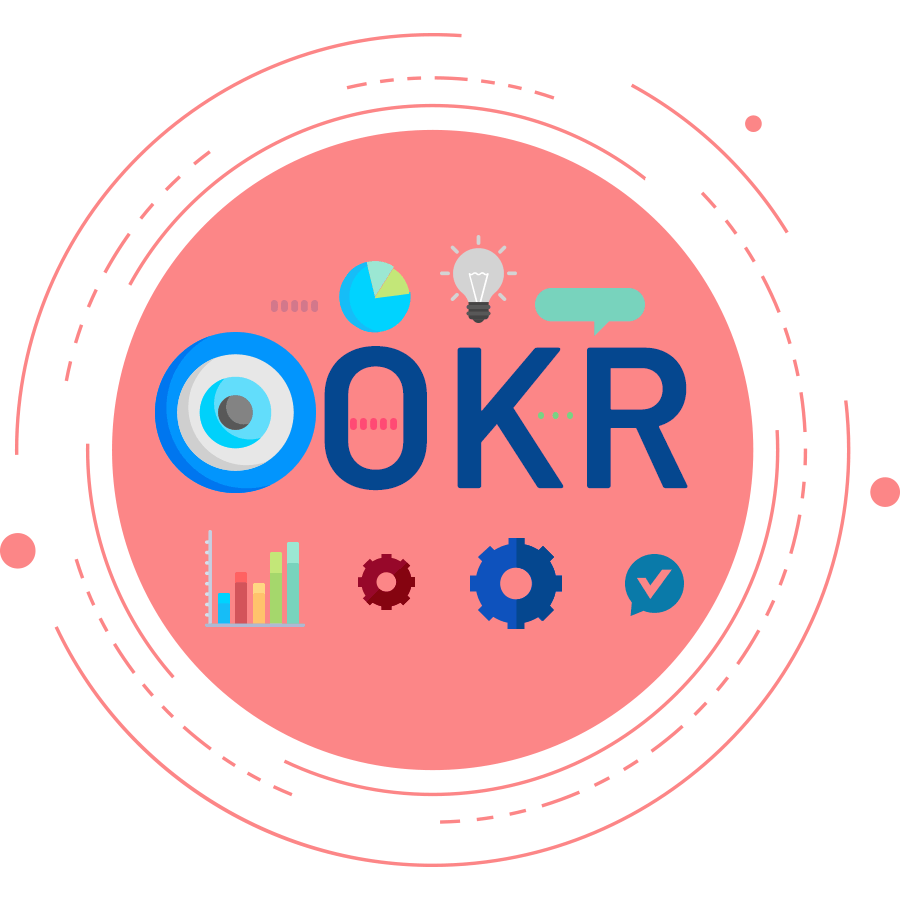Let’s face it, customers nowadays have already decided on who they’re going to do business with, before even going out to shop. One of the main reason for this is the abundant information available online, which is why we consider Inbound Methodology as the Bible of all our marketing strategies & innovations.
Inbound marketing methodology is a way for businesses to attract customers by creating valuable content and personalised experiences tailored to their challenges & ambitions.
Inbound marketing identifies the connections customers are looking for and solves problems they already have.

Why we Love Inbound?
The concept of Inbound is simplicity itself, the more you understand your customer, the better will be your content’s quality and context while communicating with them. This approach is not just about getting business, but more focused on building a relationship with the customer, till they become your brand’s advocates.
In case you’re wondering what Inbound strategies can do for your business, Here are some significant benefits:
- Increase in website traffic
With the help of marketing activities like blogging, SEO, social media marketing, PPC, for better visibility on Search Engines.
- Generate qualified leads & sales
Using creative & conversion-centric landing-pages, CTA (Call-to-Action) buttons and compelling content to lead visitors towards conversion.
- Easy to analyse & track
With CRM (Customer Relationship Management) tools like Infusionsoft, Zoho and Hubspot you track the effectiveness of your online strategies so you can optimise accordingly.

Our Inbound concept

All our digital marketing strategies are centralised our two facets, first is composed of the inbound stages (Attract, closed & delight) and the second is Buyer’s persona. These two aspects give us a clear idea of who we’re marketing to and what stage of their buyer’s journey our prospects, leads and customers are.
Attracting Strategies
Inbound strategies that attract our target audience and buyer personas are tied to content creation and development. In this stage, we produce content like blog articles, content offers, and social media to reach our audience and provide value.
The attract stage doesn’t just end with initial content, the content also needs to be optimised using SEO strategies like adding of targeted keyword. These keywords or phrases are related to customer’s challenges or ways to help the target audiences.
This will allow our content to appear organically on the search engine results page (SERP) for the people who are searching for similar results.
Engaging Strategies
As the name suggests these strategies are implemented while communicating and dealing with leads and customers, to makes them want to build long-term relationships with us.
At this stage, it’s important to inject information about the value we can provide the audiences with. This will ensure all deals would be mutually beneficial agreements for customers and us.
Delighting Strategies
We consider this stage to be the most important as these strategies ensure customers are happy, satisfied, and supported long after they do business with us.
Incorporating thoughtful, well-timed CRM(customer relationship management) to ask for surveys to assist, support, and request feedback from customers is a great way to delight them. We make sure that the CRM communication should be timed in accordance with the customer’s journey to ensure the right context and provide value.
Lastly, the entire focus at this stage is to assist and support partners in any situation, whether or not there is value in it for us. As a delighted customer becomes a brand advocate and promoter and is most likely to come to us for more business. Contact Us for more information.


